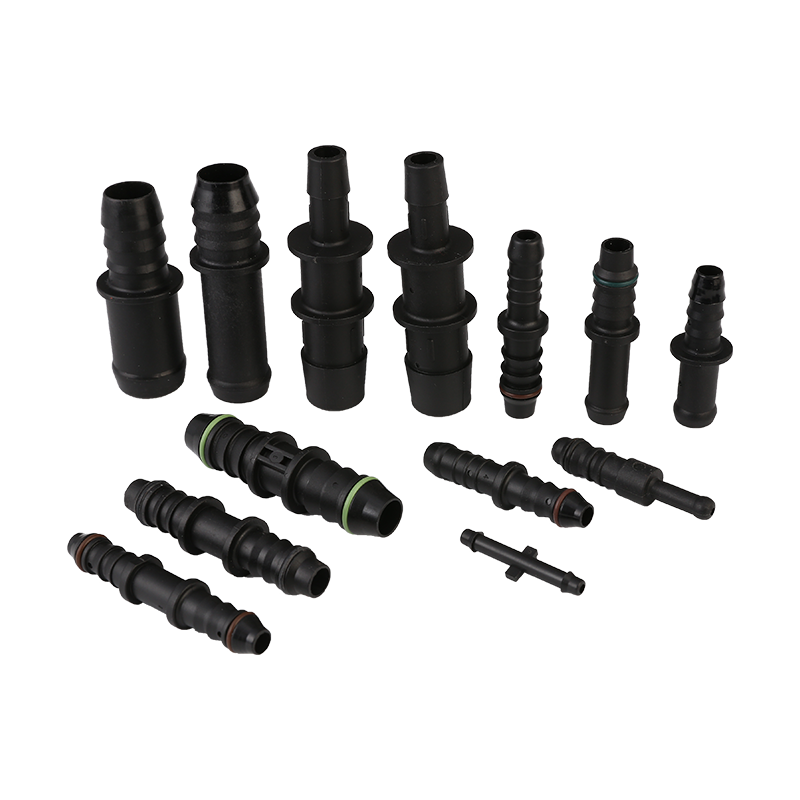Evolution Of Fuel Line Fittings And Heater Core Hoses: A Symbiosis Of Modernity And Tradition
In the intricate dance between modernity and tradition within the automotive industry, two essential components play a crucial role - fuel line fittings and heater core hoses. These seemingly mundane parts have evolved over time, encapsulating the spirit of innovation while retaining a deep-rooted connection to traditional engineering principles.
The Modern Marvel of Fuel Line Fittings:
In the contemporary automotive landscape, fuel line fittings have undergone a metamorphosis driven by the relentless pursuit of efficiency and performance. Modern fittings are characterized by precision engineering and cutting-edge materials, reflecting a departure from their predecessors. Advanced alloys and composite materials have replaced traditional metals, enhancing durability and corrosion resistance.
One of the remarkable aspects of modern fuel line fittings is their modular design. Manufacturers have embraced a plug-and-play approach, allowing for easy installation and replacement. This modularization not only simplifies maintenance but also aligns with the broader trend of user-friendly, DIY-friendly automotive components.
Furthermore, the integration of advanced sealing technologies has significantly reduced the risk of leaks, ensuring airtight connections in high-pressure fuel systems. The evolution of fuel line fittings exemplifies the marriage of technology and practicality, showcasing how modern engineering addresses both performance demands and user convenience.
Heater Core Hoses: Bridging the Gap Between Tradition and Innovation:
On the other side of the spectrum, heater core hoses exemplify the harmonious coexistence of tradition and innovation. While the basic function of transporting coolant to and from the heater core remains unchanged, contemporary hoses have embraced materials and design enhancements that reflect a commitment to efficiency and environmental sustainability.
Modern heater core hoses often feature reinforced silicone or high-performance rubber materials, surpassing their traditional counterparts in longevity and resistance to bad temperatures. The integration of advanced molding techniques allows for intricate shapes, optimizing the flow of coolant within the engine compartment.
Despite these advancements, the fundamental design of heater core hoses remains rooted in principles established decades ago. The hoses' flexibility and adaptability, traits essential for navigating the complex network of an automobile's engine bay, continue to be a testament to the enduring relevance of traditional engineering concepts.
Balancing Act: The Symbiosis of Modernity and Tradition:
The interplay between modern fuel line fittings and heater core hoses underscores a delicate balance between embracing innovation and honoring tradition. While fuel line fittings have boldly stepped into the future with modular designs and advanced materials, heater core hoses have retained their fundamental structure while incorporating modern materials and manufacturing techniques.
This symbiosis is not merely about coexistence but about mutual enrichment. The lessons learned from traditional designs inform the development of modern components, ensuring that innovation is grounded in practicality and real-world functionality. Conversely, the infusion of modern materials and technologies breathes new life into traditional components, extending their relevance in a rapidly evolving automotive landscape.
In the realm of fuel line fittings and heater core hoses, the journey from the past to the present is a testament to the automotive industry's ability to adapt and evolve. The modern marvel of fuel line fittings and the enduring resilience of heater core hoses exemplify the symbiotic relationship between tradition and innovation. As automotive engineering continues to advance, finding equilibrium between the old and the new remains essential, ensuring that each component plays a vital role in the symphony of a well-functioning vehicle.

 English
English
 Español
Español














